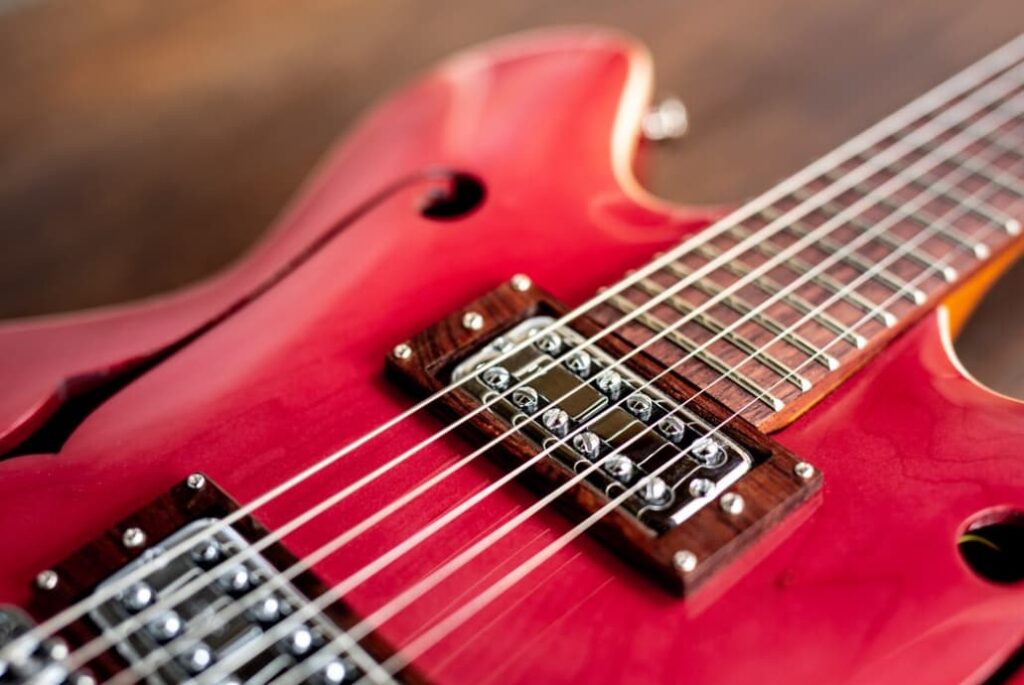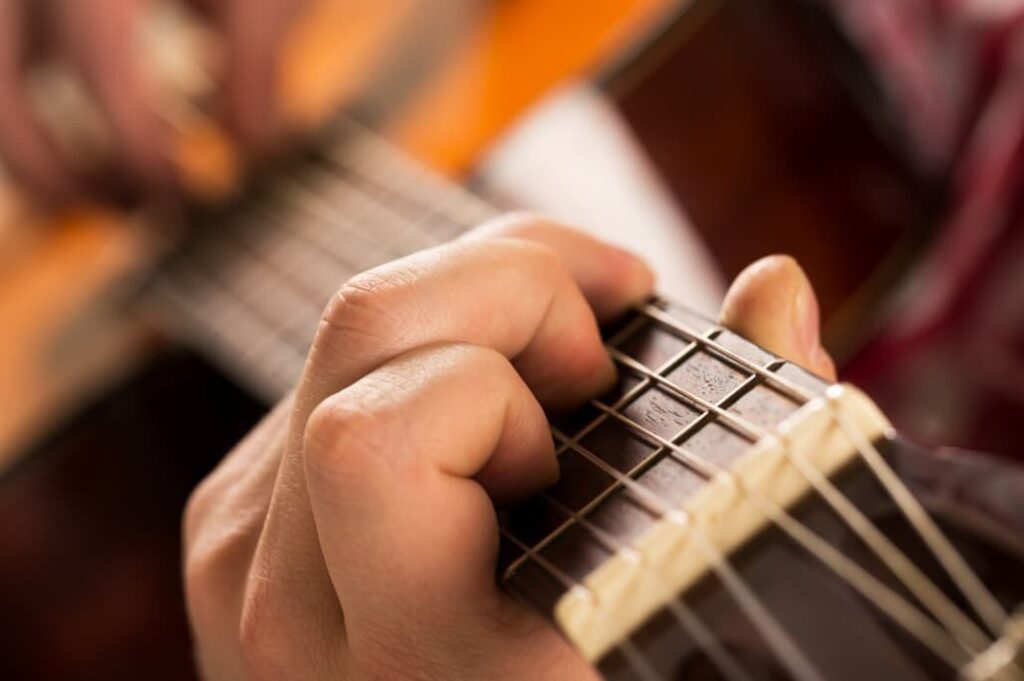For a seamless ukulele experience, understanding the different parts of the instrument is paramount. This will not only aid in tuning and restringing your instrument but also allow for a more informed interaction with other ukulele enthusiasts. This detailed guide will unpack the various components of the ukulele, their specific roles, and various names they may be known by in different circles. To ensure your ukulele sounds its best, learning to change its strings is as essential as understanding its parts.
Guide to the Anatomy of a Ukulele
Gaining knowledge about the various components of your ukulele is quite beneficial, especially when engaging in discussions with fellow ukulele enthusiasts or when searching for replacement parts. This brief guide is designed to introduce you to the key elements that make up a ukulele.
Body of the Ukulele
The ukulele’s body is a critical component in sound production, acting as the soundboard that amplifies the vibrations of the strings. It consists of three main parts:
- The Top Soundboard: This is arguably the most vital part of an acoustic instrument. The soundboard’s thickness, the type of wood used, and its overall design significantly influence the instrument’s final sound quality. The choice of wood for the soundboard varies widely, with options including Hawaiian Koa, mahogany, cedar, spruce, and rosewood, each contributing its unique acoustic properties;
- The Sides and Back: These parts form the remainder of the body, enclosing the soundboard. The materials and construction of the sides and back also affect the sound, though their impact is less direct compared to the soundboard;
- Internal Bracing: Located inside the body, the bracing supports and strengthens the structure. It plays a crucial role in sound quality. The design and strength of the bracing must be carefully balanced; overly rigid bracing can dampen the soundboard’s resonance, leading to a muted sound output.
While wood is the most common material for ukulele bodies, there are exceptions. Metal-bodied ukuleles, like the National Resonator models, offer a distinct sound and durability. Additionally, alternative materials like plastic are used in some modern designs, such as the Fluke ukuleles. These materials provide unique sound characteristics and often cater to specific playing styles or preferences. The choice of material for the ukulele’s body, therefore, plays a substantial role in defining the instrument’s tonal character and overall playability.
Headstock of the Ukulele
The headstock, located at the top of the ukulele, hosts the tuning pegs. It’s generally crafted from a robust piece of wood or an equivalent synthetic material capable of withstanding the tension of the strings.

The Ukulele Bridge
The bridge holds the strings in place and maintains their alignment over the fretboard. It is an essential piece when stringing your ukulele, keeping the strings taut and uniformly distributed.
Nut:
Located at the junction of the ukulele’s headstock and fretboard, the nut is a critical, narrow elevation that plays a vital role in aligning and spacing the strings at the top of the instrument. This component slightly elevates the strings from the fretboard, aiding in the ease of tuning by allowing for precise pressure application on the strings. In the absence of the nut, the strings would lose their designated positions and create a buzzing interference with the frets, which would compromise the instrument’s playability.
Fretboard:
This is the front layer of the neck beneath the strings, often darkened for aesthetic appeal, a tradition originating from the use of dark hardwoods like rosewood and ebony. A quality fretboard should be durable yet smooth for proper attachment to the neck.
Neck:
Positioned after the fretboard, the neck of the ukulele is contoured for comfortable grip and playability. Typically made of sturdy materials, either wood or synthetic, it must withstand the tension of the strings. The neck and headstock are usually constructed from a single, solid piece.
Sound Hole:
Located at the top of the body, the sound hole is essential for projecting the sound outward. Playing near the sound hole produces the loudest tone, while strumming further away results in softer sounds.
Fret Markers:
Often dots, and sometimes other designs on fancier models, these markers provide visual guidance for positioning on the fretboard. They are typically found at the 3rd, 5th, 7th, 10th, and 12th frets.
Saddle:
Similar in function to the nut, the saddle is situated at the bridge’s end of the strings. It helps maintain proper string height and spacing, complementing the nut’s role.
Tuners:
These mechanical components are used to adjust string tension, thus tuning each string to a specific note. Varieties include mechanical, friction, open, and closed tuners, all located on the headstock.
Strings:
Ukulele strings, essential for producing music through strumming or plucking, come in different materials. Strings for concert and soprano ukuleles are typically made of plastic. On the other hand, tenor and baritone ukuleles often feature a blend of plastic and metal-wound strings, enhancing the depth of the lower tones. Some ukuleles also employ metal-wound strings specifically for their bass notes. Although a few ukuleles are equipped with steel strings, these can be harmful to certain models while offering a distinct sonic character. Historically, ukuleles were equipped with strings crafted from animal gut, providing a classic sound profile.
Maintenance and Care of the Ukulele

Caring for your ukulele is as important as knowing its parts. Regular cleaning, proper storage, and routine tuning will not only prolong its life but also ensure flawless sound production.
Conclusion
Mastering the parts of a ukulele is a significant step towards becoming a skilled player. This detailed guide aims to provide a comprehensive breakdown of these parts, enhancing your understanding and interaction with this fascinating instrument. Always remember, a well-maintained ukulele offers the best performance. Embrace the beauty of this instrument and strum on with confidence.